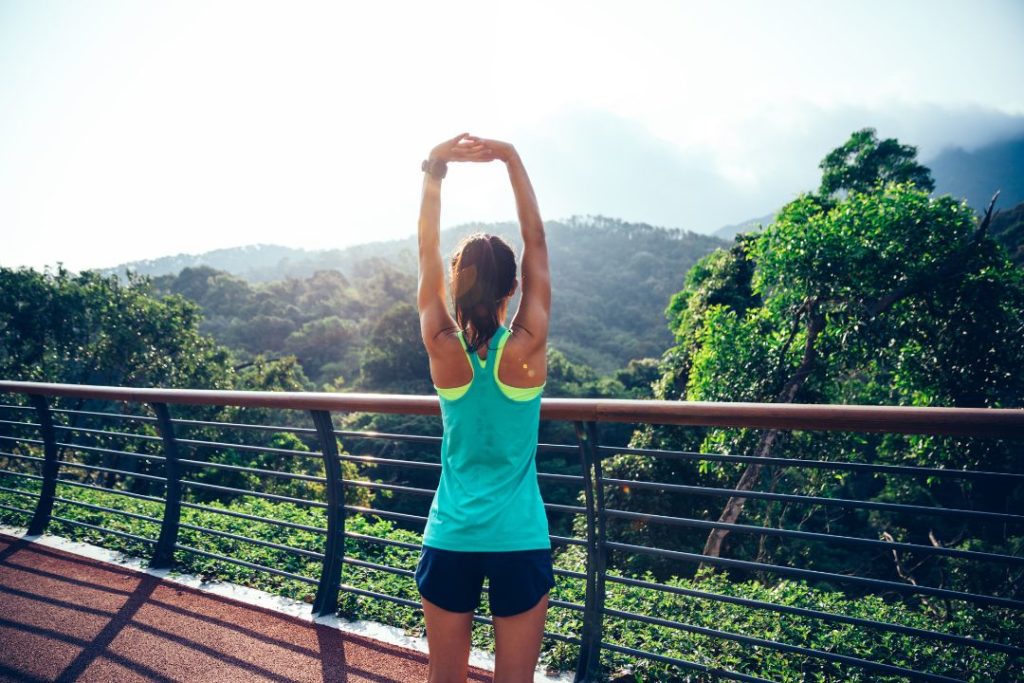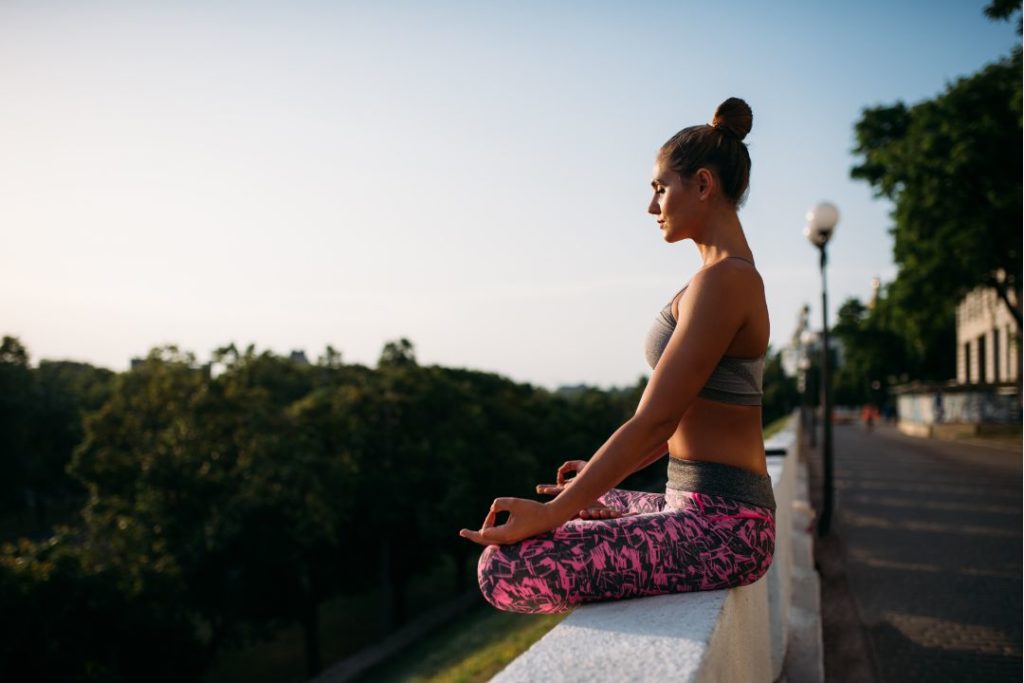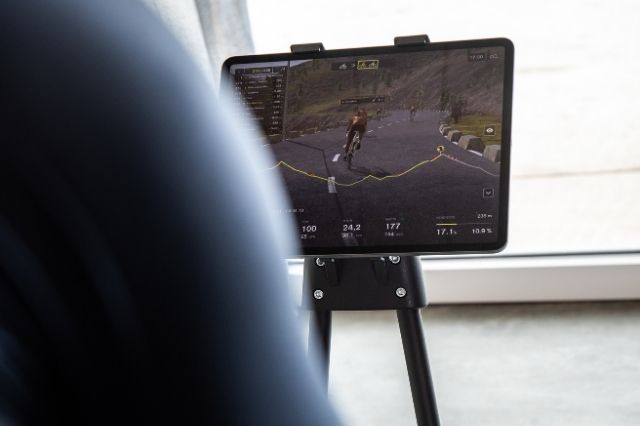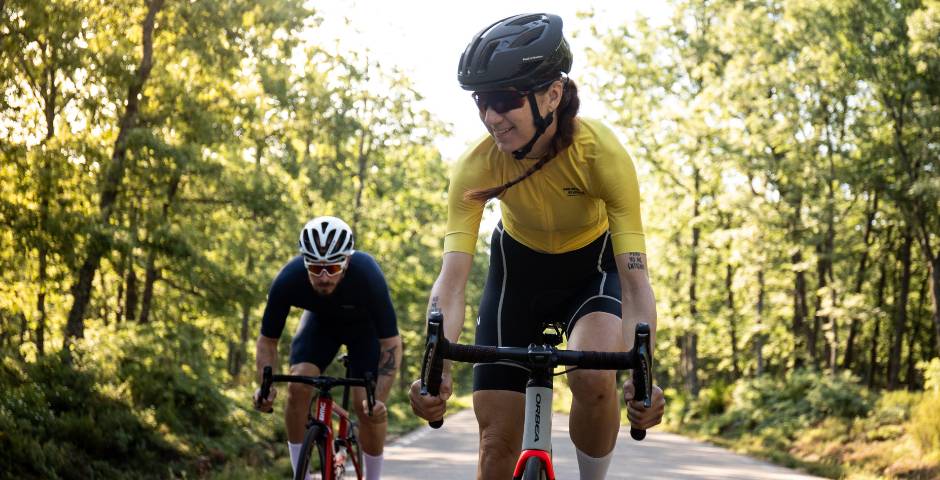Recovery after a long ride is a fundamental aspect that is often underestimated in the cycling world. It’s not just a matter of resting, but of allowing your body to repair and strengthen. This phase is as crucial as the training itself, as inadequate recovery can lead to injury and chronic fatigue, affecting your long-term performance.
Proper hydration and nutrition
One of the best practices for recovery after a long ride is to make sure you rehydrate and nourish yourself properly. Fluid loss during strenuous exercise should be compensated for with optimal hydration. In addition, consuming a balanced mix of carbohydrates and protein soon after finishing helps to repair muscle tissue and replenish energy stores.
A study in the Journal of the International Society of Sports Nutrition examined how different types of fluids affect rehydration and recovery of muscle performance. It found that the type of fluid consumed post-exercise plays a crucial role in muscle recovery and hydration. This finding underlines the importance of properly selecting drinks for rehydration after intense activities such as cycling.
Cooling and stretching techniques
After a long ride, gradual cooling down is essential to ease your body’s transition from a state of high activity to one of rest. This not only helps regulate blood circulation and prevent dizziness or fainting, it also prepares your muscles for the recovery phase. Start by gradually reducing the intensity of your activity, for example, by slowing down on the bike or walking for a few minutes. This process helps to eliminate accumulated lactic acid and reduce the chances of muscle soreness afterwards.

Stretching is equally important in recovery. After intense exercise, your muscles can shorten and become stiff. Proper stretching helps maintain flexibility, reduces muscle tension and promotes blood circulation to the areas worked. Focusing on the muscles you’ve used the most during your run, such as the quads, hamstrings, calves and hips, are particularly beneficial. Hold each stretch for at least 30 seconds, avoiding bouncing, to maximise its effectiveness. These stretches relieve muscle stiffness and prepare your body for subsequent training sessions, minimising the risk of injury.
Rest and quality sleep
Rest and quality sleep are the cornerstones of optimal recovery after a long ride. During sleep, physiological processes crucial for muscle repair and strengthening are triggered. Deep sleep, in particular, is when the body releases growth hormones, essential for muscle recovery. Lack of sleep or poor quality sleep significantly interferes with these processes, leading to incomplete recovery and diminished performance.
In addition, the quality of sleep directly influences cognitive ability and mood. A cyclist who does not get enough rest may experience decreased concentration and the ability to make quick decisions, which is vital during races or intense training. Therefore, establishing a regular sleep routine, ensuring 7-9 hours of rest at night, benefits physical and mental recovery. Creating a sleep-friendly environment, avoiding stimulants such as caffeine before bedtime and reducing exposure to electronic screens, significantly improves sleep quality.
Alternating between low intensity activities
Incorporating low-intensity training days into your routine is a key strategy for improving recovery after a long run. These activities, such as yoga, swimming or even walking, offer multiple benefits. For one, they promote blood circulation without imposing additional stress on the muscles already worked. This improved circulation helps to more efficiently eliminate metabolic waste accumulated during intense exercise. On the other hand, these activities help maintain mobility and reduce stiffness, which is essential for recovery and injury prevention.
In addition, the alternation of activities prevents boredom and monotony in training, contributing to greater motivation and enjoyment. It is important to remember that these low intensity activities should be just that – low intensity. The aim is to allow your body to actively recover. Listening to your body and adjusting the intensity and duration of these activities is crucial to maximise their benefits without compromising the recovery process.

Training planning and periodisation
Training planning and periodisation are critical aspects of effective recovery and performance enhancement in cycling. Periodisation refers to the division of the training programme into specific phases, each with specific objectives. This strategy allows the intensity and volume of training to be varied over time, avoiding stagnation and excessive fatigue. By alternating periods of high load with periods of recovery, more efficient and sustainable muscular and cardiovascular development is promoted.
Well-structured planning should include building phases, where intensity is gradually increased, followed by tapering phases before major competitions. This approach not only improves fitness, but also minimises the risk of overtraining and injury. It is vital that each cyclist adjusts their training plan according to their individual needs, abilities and goals. The advice of a qualified coach can be invaluable in this process, ensuring that planning is personalised and effective.
Recognition and treatment of minor injuries
Finally, it is crucial not to ignore minor injuries or persistent pain. Early attention to these complaints prevents major problems. Consultation with a physiotherapist or sports physician can provide specific recovery and treatment strategies, ensuring a full and effective recovery.
BKOOL is the most comprehensive cycling simulator on the market – try it FREE for 30 days!
 Go to BKOOL
Go to BKOOL






Pouvez-vous le mettre en Français
Bonjour, malheureusement il ne nous est pas possible actuellement d’inclure la version française des articles, mais nous y travaillons et espérons pouvoir proposer une solution très prochainement. Nous vous remercions de l’intérêt que vous portez à notre site.